Table of Contents
For centuries, garnets have captivated the fascination of gemstone enthusiasts due to their jewel-like tones, fiery brilliance, and enduring beauty. From deep red to sunny yellow varieties, garnets have been stunning centerpieces in rings, pendants, and bracelets. However, like any natural stone, garnets need proper cleaning and care to maintain their shine and sparkle for many years.

Browse high-quality garnet from GemstonesForSale, and find the perfect price.
In this guide, you will learn all one needs to know about safe cleaning methods for garnet jewelry, how to keep it shiny, and what not to do in caring for your gemstone.
Key Characteristics of Garnet
It helps to know some interesting facts about garnet before we start cleaning it.
-
Gem Family: Garnet is not a single gemstone, rather, it is a group of minerals that have similar structures. The most common varieties of garnet are almandine, pyrope, spessartine, and grossular.

-
Color Spectrum: While most of us visualize deep red garnet, it comes in every shade of orange, green, yellow, and even pink.

-
Hardness: Garnet comes in at a 6.5-7.5 on the Mohs hardness scale. Garnet is durable but can be scratched.

-
Transparency: Garnet generally comes in a transparent to translucent state, with a warm, vitreous (glassy) luster.

-
Durability: Although garnets are harder than some of the softer stones in this book, such as malachite or opal, they are still capable of chipping or becoming less shiny with prolonged exposure to hard use and also harsh chemicals.

Knowing about garnet is helpful for cleaning and care because it will help you learn how to clean and care for garnet, especially.
Caring for your Garnet goes beyond cleaning and storing it. Discover its healing powers in our Garnet Healing Benefits guide and get the most from your gemstone.
Why Garnets Need Special Care
While garnets are quite strong, they can be damaged. The metal settings or the surface may be harmed by rough treatment, chemicals, and daily wear.
Here are some reasons why taking care is important:
-
Exposure to chemicals: Everyday chemicals such as bleach, chlorine, and ammonia (even perfume or lotion) can dull the stone or possibly impact any metal setting.

-
Ultrasonic cleaning: Although ultrasonic cleaners are presented as convenient, do not use them on garnets. An ultrasonic cleaner’s vibration can cause fractures internally or loosen the gem.

-
Steam-cleaning: Both high steam pressure and high heat may put stress on the gem, especially if it has inclusions.

-
Hardness: While garnets are more durable than most gemstones due to their hardness, they can easily be scratched by a harder stone, such as a diamond or sapphire.

-
Environmental exposure: prolonged sunlight or exposure to extreme temperature fluctuations can potentially affect the lighter varieties of garnet.

If you treat your garnet jewelry with care and respect, it will retain its beauty and structure for years to come.
If you’re an Aries or shopping for one, Garnet: The Gemstone of Aries reveals why this fiery stone is the perfect match.
Step-By-Step Guide to Cleaning Garnet
Cleaning garnet jewelry at home is simple and safe and requires no special tools. The following steps are the best way to do each one properly.
For Garnet Jewelry (Rings, Pendants, Earrings, Bracelets)
Step 1 - Prepare a Soaking Solution
In a small bowl, mix some warm water (not hot) with a few drops of mild dish soap. Stir to mix. Avoid anything strong, such as a detergent or bleach, or ammonia soap.
Step 2 - Soak Your Jewelry
Next, add your garnet jewelry to the bowl and let it sit for about 5-10 minutes. This will help loosen any dirt, oils from your skin, and anything else from any lotion or face product you may use.
Step 3 - Gently Brush
Take a soft toothbrush (or a cotton swab) and, gently, brush around the setting and the gemstone. Be sure to be extremely gentle and do not press too hard, especially around the prong area.
Step 4 - Rinse Thoroughly
Afterward, rinse the jewelry with clean, lukewarm water to wash off the soap. Anytime you rinse jewelry, be sure to always plug the sink with a stopper or a small strainer so your jewelry does not slip down the drain.
Step 5 - Dry and Polish
Finally, pat the jewelry mostly dry with a soft, lint-free cloth. Be careful not to use a paper towel, as it will likely scratch the metal. Once dry, gently buff the gemstone with a microfiber cloth to restore its shine.
Step 6 – Cleaning Frequency
For jewelry worn daily, it is best to clean it once a month. For jewelry that is worn occasionally, cleaning it every 2–3 months will be enough.
This warm, soapy method is the safest and most effective routine for cleaning and caring for any type of garnet jewelry piece.
If you are interesting for buy garnet gemstone then wait and read The Ultimate Garnet Buying Guide: Everything You Need to Know before buying your first Garnet
Cleaning Yellow Garnet vs Red Garnet
Although all garnets behave similarly in terms of care, there are some minor differences between yellow and red varieties.
For most red garnets, such as almandine and pyrope, the density is higher and the likelihood of inclusions is lower, allowing for a bit more robust cleaning. In contrast, yellow garnets are often members of the grossular family, meaning their tone is lighter, and you may see more inclusions or other internal features.
Whether cleaning yellow garnet vs. red garnet, the main rule is consistency with gentleness; all garnets are best treated with warm, soapy water and a soft brush. On the other hand, lighter stones (yellow or green garnets) may easily show streaks and water spots, so you'll want to be mindful of properly rinsing and drying the stone.
For both types of garnet, avoid using ultrasonic or steam cleaners. This is especially important if the stone has inclusions or is set in older jewelry, as care should be given to all stones. Gentle hand-cleaning will always keep the two colors bright and safe from damage.

Cleaning Methods to Avoid
Not every cleaning method is appropriate for garnet. Some may cause damage.
|
Avoid this |
Why is it unsafe for Garnet? |
|
Ultrasonic cleaning |
Vibrations can create internal fractures and loosen settings |
|
Steam Cleaning |
Heat and pressure can crack or dull the stone |
|
Harsh Chemicals |
Bleach, chlorine, and ammonia can degrade the polish and metal |
|
Abrasive Polishes |
Toothpaste or rough fabric can scratch the gemstone |
|
Prolonged Soaking |
Extended exposure to water can damage the settings |
Always simply clean with warm, soapy water and protect your garnet.
If you’re buying garnet as a birthstone gift, A Complete Guide to January Birthstone: Garnet, Rose Quartz, and Onyx offers deeper meaning and symbolism.
How to Store Garnet Jewelry
Cleaning is important, but storing your jewelry correctly is just as important. A garnet can be clean, but if it is not stored properly, it will quickly lose its shine.
Here is how to store garnets safely:
-
Store jewelry separately: Since garnet can scratch other softer stones or can get scratched by harder stones, you should store garnet jewelry separately. If you have a pouch for each piece, it is best to store them in the pouch.
-
Use soft surfaces: When storing, keep your garnet jewelry inside a velvet or microfiber liner. Do not let your garnet come in contact with hard surfaces.
-
Avoid strong sunlight and high humidity: When storing your pieces, don't place them in a cool, dry space, which would include a bathroom or humid sand space.
-
When traveling with your jewelry: Always wrap it in a soft cloth or pack it sensibly. If you’re traveling with jewelry, put it in a padded jewelry travel case.
-
For rings, pendants, and bracelets: Even if it is a pendant/bracelet that you only wear as a pendant, keep it wrapped and stored neatly so that it doesn’t touch anything else whilst traveling to prevent tangles and damage.

Making them last as long as possible, proper storage is the key to keeping your jewelry's beautiful and rich color, preventing the tarnishing of the metals, and preventing unwanted scratches.
Explore the vivid world of garnets—from fiery reds to rare greens. Dive into our ‘Types of Garnet’ guide and discover the variety that speaks to you.
How to Maintain Garnet’s Shine
With time, even the most beautiful and cared-for garnet can lose some of its sparkle. Here’s how to keep that shine alive:
At Home Maintenance:
-
After you wear jewelry, use a clean, dry microfiber cloth to lightly buff it.
-
Avoid excessive contact with the gemstone itself, as skin oils may create a film.
-
For a quick refresh, rinse it very lightly in warm water and pat it dry.
Professional Polishing:
If your garnet doesn’t have its original sparkle after the process above, take it to a jeweler or a professional for deep polishing or cleaning. The jeweler will use a non-abrasive polishing compound and let you know if the stone has a secure setting.
Troubleshooting Tips
Even with the best care, small problems are common. Here are some solutions for resolving those issues and reducing their likelihood of occurrence:
-
Dull or cloudy appearance
Cause: Soap residue, oil buildup, or storage in a humid place.
Fix: Place jewelry in warm, soapy water for 10 minutes, gently brush the piece, and rinse thoroughly.
Prevention: Wipe jewelry after wearing it and store it in dry, clean pouches.

-
Scratches and chips
Cause: Contact with harder gemstones or difficult surfaces.
Fix: A jeweler can polish minor scratches, or the jeweler may re-polish the entire stone. Deep chips may require re-polishing.
Prevention: Store each piece separately; removing jewelry for physical work or exercise is advised.

-
Loose stone settings
Cause: Regular wear or ultrasonic vibration if used accidentally.
Fix: Take the piece to a jeweler who can tighten or reset the stone.
Prevention: Get your stone settings checked each year.

Final Thoughts
Garnet is a durable gemstone, but it needs to be treated gently and with a caring method. According to GIA, warm soapy water for garnet is always the safest cleaner option, while other cleaning methods, including ultrasonic or steam cleaning, are not typically recommended, especially for gems with fractures.
Garnets do tend to be stable to light and chemicals; they resist fading and various cleaners, but that does not give them license to be them with reckless abandon or neglect their maintenance.
When you safely clean and store it smartly, you protect not just the visual appeal of your stone but also its structural integrity. Gradually, a buildup of oils, dust, or residues can dull even the finest stones. A regular practice of gentle cleaning, gentle drying, and safe storage can help to combat that. When your gem becomes dull and needs more than gentle cleaning, a professional treatment can be given to restore the stone’s brilliance without causing any harm.
FAQ
1. Can ultrasonic cleaners be used for cleaning garnet jewelry?
No! Ultraviolet cleaning solutions must always be avoided for garnet, because ultrasonic cleaning solutions can loosen the setting, and the vibrations can damage the garnet.
2. How often should I clean my garnet jewelry?
If worn regularly, clean the piece at least once a month. If worn occasionally every 2-3 months should be sufficient.
3. Can I use hot water to clean garnet stones?
Do not use hot water because it can cause thermal shock. Always use warm, mild, soapy water.
4. Is it okay to use toothpaste or baking soda for polishing garnet gemstones?
No. Both of these products can be abrasive and could scratch your gemstone.
5. Will garnet lose its color?
Garnet is typically colorfast, but if it is left in the sun too long, it may fade, especially the lighter colors.
6. What is the safest option for storing garnet rings and pendants?
In a soft pouch or lined jewelry box, and avoid storing with any harder gemstones, such as diamonds and sapphires.
7. Can I wear garnet jewelry every day?
You can! Just remember to take it off if you're going to be active, cleaning, or swimming. Always be sure not to expose the garnet to chemicals or impacts. Though garnets are sturdy gemstones, it is always wiser to take them off before engaging in these types of activities.
Visited 991 No. of Time(s), 87 Visit(s) Today
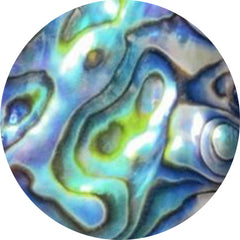 Abalone shell (122)
Abalone shell (122)
 Actinolite (1)
Actinolite (1)
 Affordable gemstones (17026)
Affordable gemstones (17026)
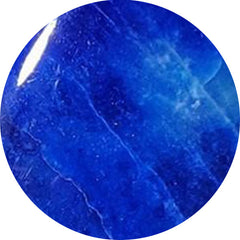 Afghanite (7)
Afghanite (7)
 Agate (2475)
Agate (2475)
 Agua nueva (11)
Agua nueva (11)
 All gemstones (1)
All gemstones (1)
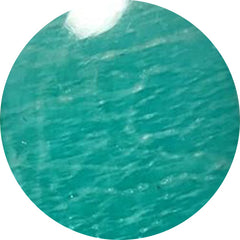 Amazonite (148)
Amazonite (148)
 Amber (104)
Amber (104)
 Amethyst (570)
Amethyst (570)
 Ametrine (21)
Ametrine (21)
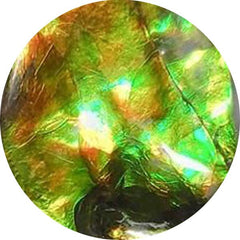 Ammolite (23)
Ammolite (23)
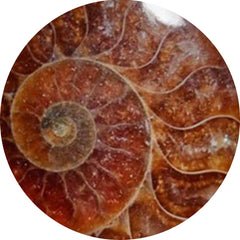 Ammonite (69)
Ammonite (69)
 Andalusite (1)
Andalusite (1)
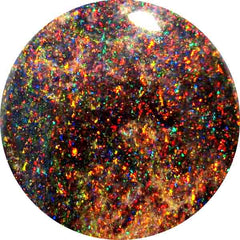 Andamooka opal (0)
Andamooka opal (0)
 Andesine (0)
Andesine (0)
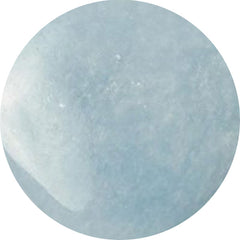 Angelite (28)
Angelite (28)
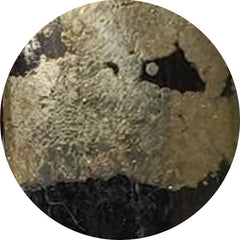 Apache gold (22)
Apache gold (22)
 Apatite (140)
Apatite (140)
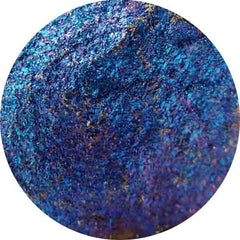 Apophyllite (1)
Apophyllite (1)
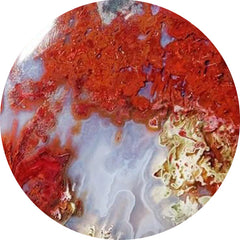 Apple valley agate (0)
Apple valley agate (0)
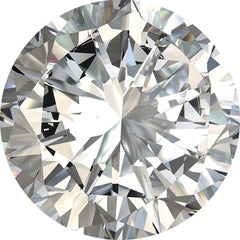 April birthstone (1844)
April birthstone (1844)
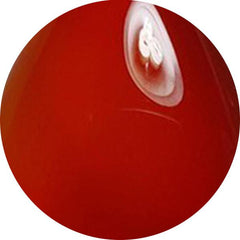 Aqeeq (0)
Aqeeq (0)
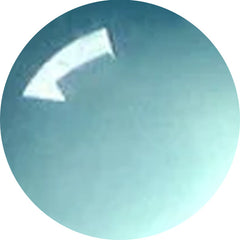 Aqua chalcedony (18)
Aqua chalcedony (18)
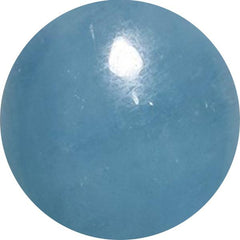 Aquamarine (76)
Aquamarine (76)
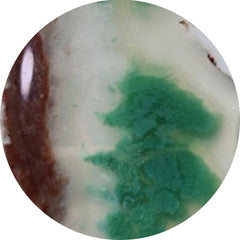 Aquaprase (64)
Aquaprase (64)
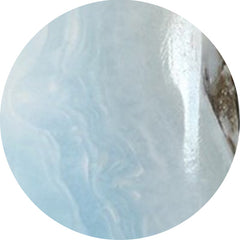 Aragonite (16)
Aragonite (16)
 Arfvedsonite (12)
Arfvedsonite (12)
 Aristolite (0)
Aristolite (0)
 Arizona turquoise (0)
Arizona turquoise (0)
 Arnioceras semicostatum fossil (0)
Arnioceras semicostatum fossil (0)
 Asteroid jasper (11)
Asteroid jasper (11)
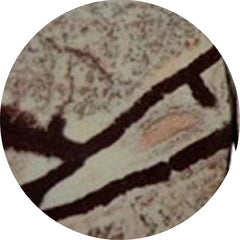 Astrophyllite (53)
Astrophyllite (53)
 Atlantasite (87)
Atlantasite (87)
 August birthstone (99)
August birthstone (99)
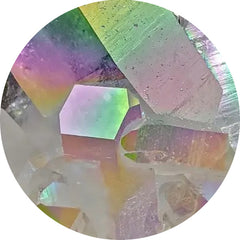 Aura quartz (0)
Aura quartz (0)
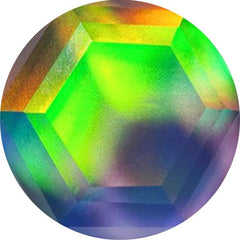 Aurora opal (310)
Aurora opal (310)
 Australian opal (22)
Australian opal (22)
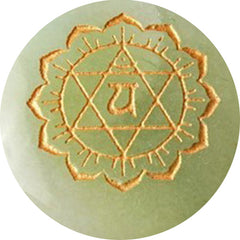 Aventurine (64)
Aventurine (64)
 Azurite (281)
Azurite (281)
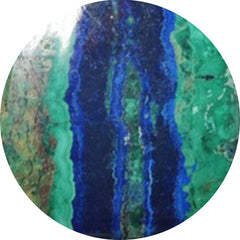 Azurite malachite (19)
Azurite malachite (19)
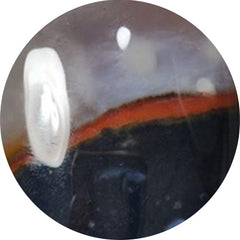 Banded agate (79)
Banded agate (79)
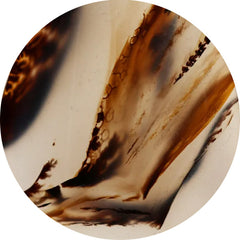 Barber agate (0)
Barber agate (0)
 Barite (13)
Barite (13)
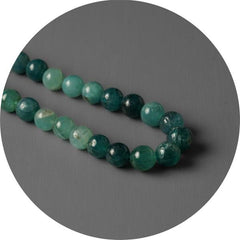 Beads (52)
Beads (52)
 Beer quartz (23)
Beer quartz (23)
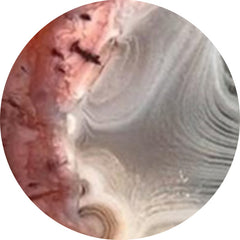 Berber agate (4)
Berber agate (4)
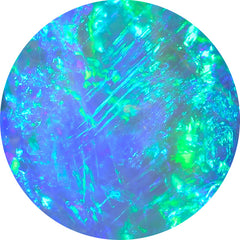 Best seller (0)
Best seller (0)
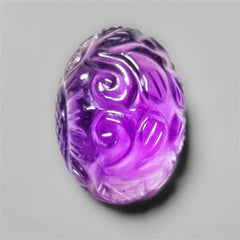 Bestsellers: a selection of our most-loved stones (439)
Bestsellers: a selection of our most-loved stones (439)
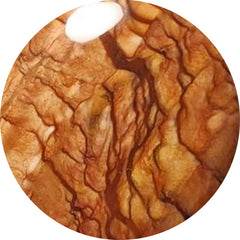 Biggs jasper (29)
Biggs jasper (29)
 Bird carving (104)
Bird carving (104)
 Bird eye jasper (45)
Bird eye jasper (45)
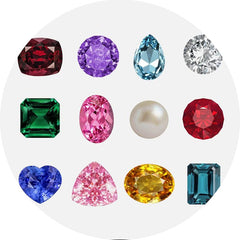 Birthstones (0)
Birthstones (0)
 Biwa pearl (34)
Biwa pearl (34)
 Black friday deals (39)
Black friday deals (39)
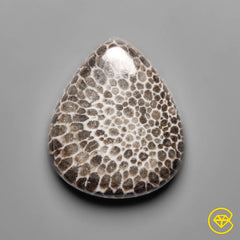 Black gemstones (965)
Black gemstones (965)
 Black onyx (179)
Black onyx (179)
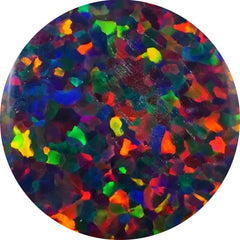 Black opal (57)
Black opal (57)
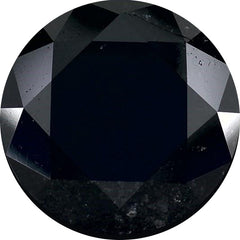 Black spinel (33)
Black spinel (33)
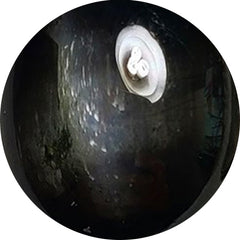 Black star (31)
Black star (31)
 Black tourmaline (77)
Black tourmaline (77)
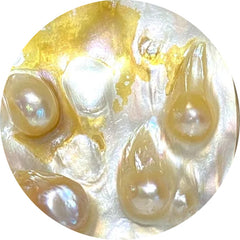 Blister pearl (30)
Blister pearl (30)
 Bloodshot iolite (76)
Bloodshot iolite (76)
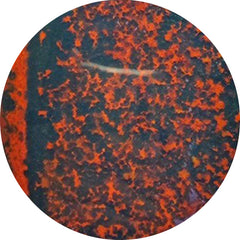 Bloodstone (65)
Bloodstone (65)
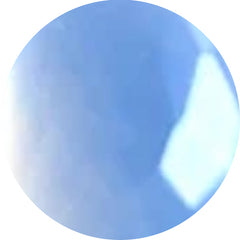 Blue chalcedony (40)
Blue chalcedony (40)
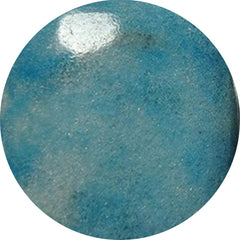 Blue diopside (0)
Blue diopside (0)
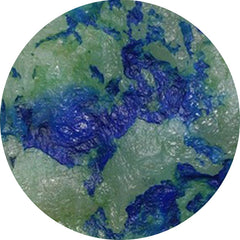 Blue horizon (15)
Blue horizon (15)
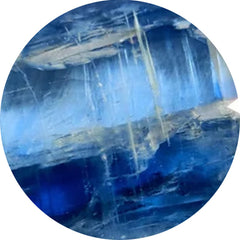 Blue kyanite (38)
Blue kyanite (38)
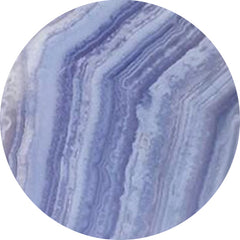 Blue lace agate (256)
Blue lace agate (256)
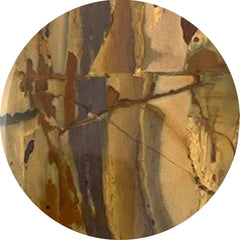 Blue mountain jasper (0)
Blue mountain jasper (0)
 Blue opal (151)
Blue opal (151)
 Blue quartz (40)
Blue quartz (40)
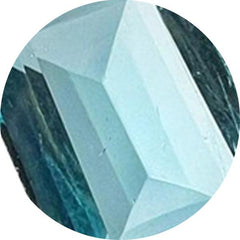 Blue topaz (52)
Blue topaz (52)
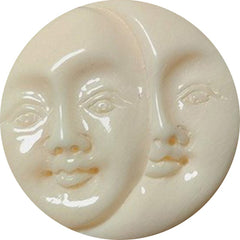 Bone (9)
Bone (9)
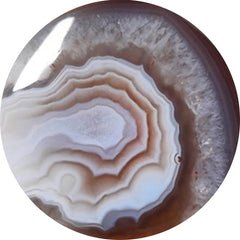 Botswana agate (244)
Botswana agate (244)
 Bronze (0)
Bronze (0)
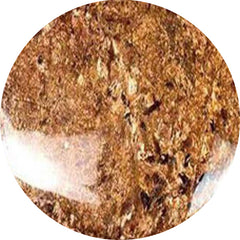 Bronzite (2)
Bronzite (2)
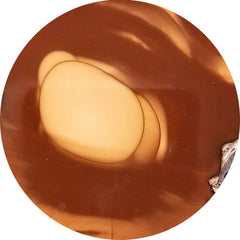 Bruneau jasper (15)
Bruneau jasper (15)
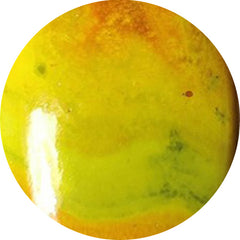 Bumble bee jasper (199)
Bumble bee jasper (199)
 Buy gemstones in usa (900)
Buy gemstones in usa (900)
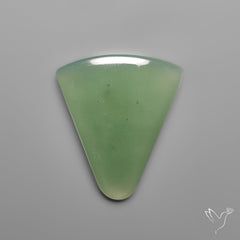 Cabochons (12779)
Cabochons (12779)
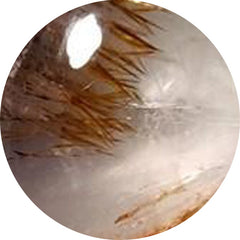 Cacoxenite (65)
Cacoxenite (65)
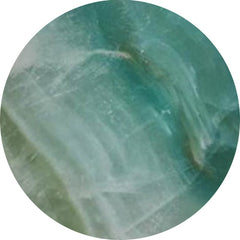 Calcite (219)
Calcite (219)
 Calibrated (138)
Calibrated (138)
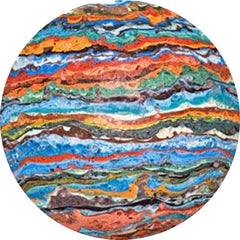 Calsilica (0)
Calsilica (0)
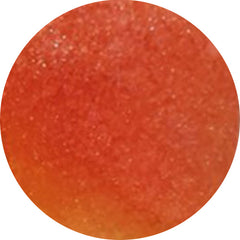 Candy corn (6)
Candy corn (6)
 Cantera opal (18)
Cantera opal (18)
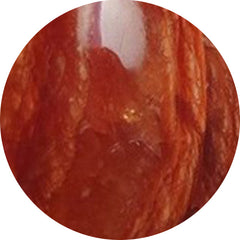 Caramel opal (2)
Caramel opal (2)
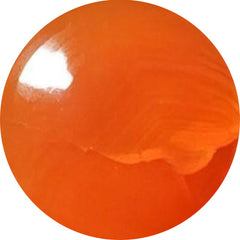 Carnelian (44)
Carnelian (44)
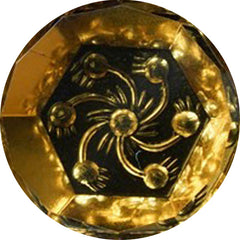 Carving (1772)
Carving (1772)
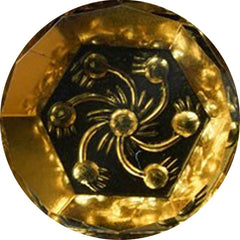 Carvings (2030)
Carvings (2030)
 Cats eye (61)
Cats eye (61)
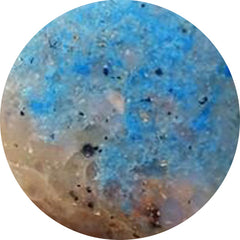 Cavansite (16)
Cavansite (16)
 Celestobarite (7)
Celestobarite (7)
 Ceruleite (0)
Ceruleite (0)
 Chakra stone (31)
Chakra stone (31)
 Chalcedony (440)
Chalcedony (440)
 Charoite (189)
Charoite (189)
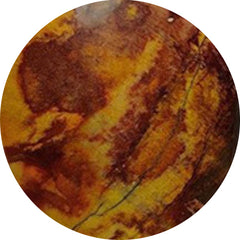 Cherry creek jasper (10)
Cherry creek jasper (10)
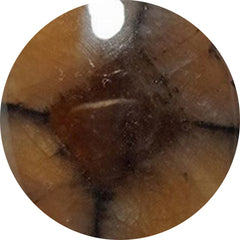 Chiastolite (16)
Chiastolite (16)
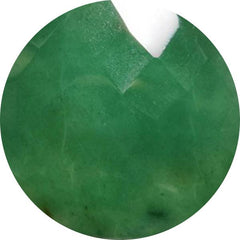 Chrome chalcedony (79)
Chrome chalcedony (79)
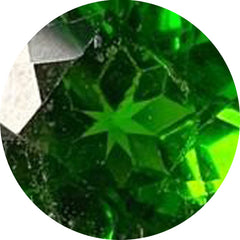 Chrome diopside (26)
Chrome diopside (26)
 Chrysanthemum fossil (0)
Chrysanthemum fossil (0)
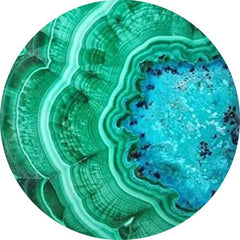 Chrysocolla (421)
Chrysocolla (421)
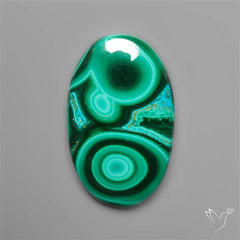 Chrysocolla malachite (76)
Chrysocolla malachite (76)
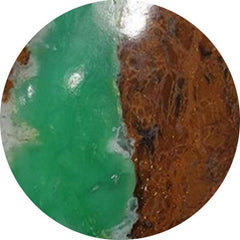 Chrysoprase (319)
Chrysoprase (319)
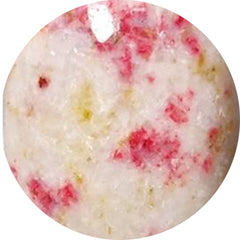 Cinnabar (14)
Cinnabar (14)
 Citrine (110)
Citrine (110)
 Cobalto calcite (66)
Cobalto calcite (66)
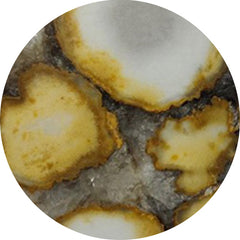 Cobra jasper (29)
Cobra jasper (29)
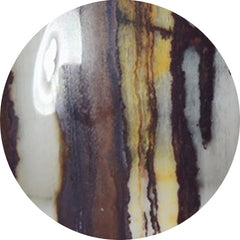 Coconut jasper (2)
Coconut jasper (2)
 Coffee bean jasper (2)
Coffee bean jasper (2)
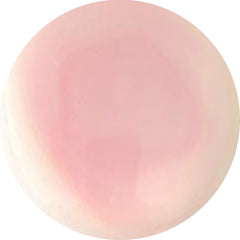 Conch shell (6)
Conch shell (6)
 Coppernite (0)
Coppernite (0)
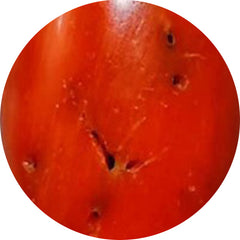 Coral (350)
Coral (350)
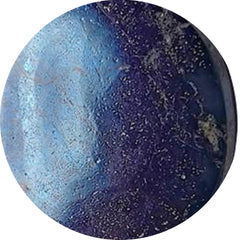 Covellite (4)
Covellite (4)
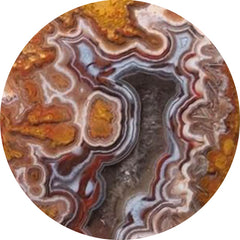 Crazy lace agate (187)
Crazy lace agate (187)
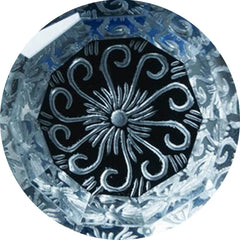 Crystal (204)
Crystal (204)
 Cuprite (26)
Cuprite (26)
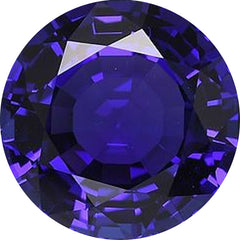 December birthstone (309)
December birthstone (309)
 Dendritic agate (442)
Dendritic agate (442)
 Dendritic opal (75)
Dendritic opal (75)
 Dendritic quartz (2)
Dendritic quartz (2)
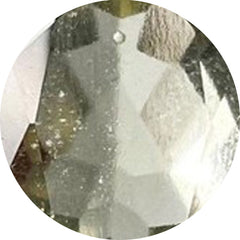 Desert glass (9)
Desert glass (9)
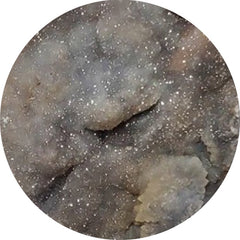 Desert jasper druzy (14)
Desert jasper druzy (14)
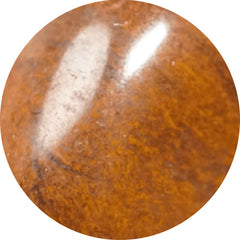 Desert sunset jasper (10)
Desert sunset jasper (10)
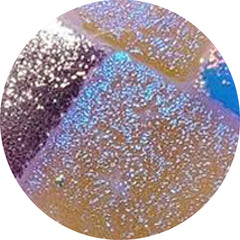 Dichroic glass (145)
Dichroic glass (145)
 Dinosaur bone fossil (3)
Dinosaur bone fossil (3)
 Diopside (60)
Diopside (60)
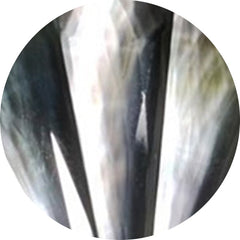 Doublets (873)
Doublets (873)
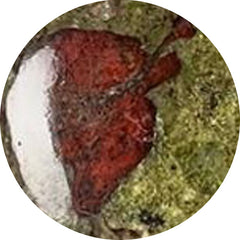 Dragonblood jasper (1)
Dragonblood jasper (1)
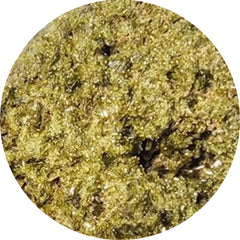 Druzy (417)
Druzy (417)
 Dumortierite (60)
Dumortierite (60)
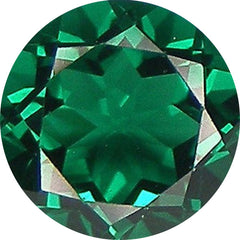 Emerald (63)
Emerald (63)
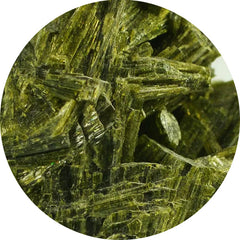 Epidote (10)
Epidote (10)
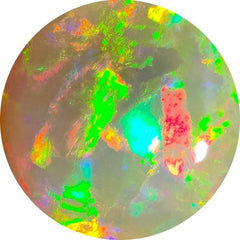 Ethiopian opal (118)
Ethiopian opal (118)
 Eudialyte (11)
Eudialyte (11)
 Faceted rose cut (2471)
Faceted rose cut (2471)
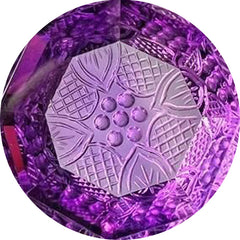 Fantasy cuts (51)
Fantasy cuts (51)
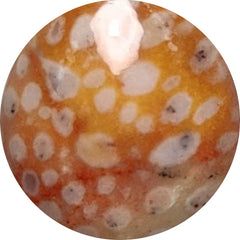 Fawn jasper (11)
Fawn jasper (11)
 Feather agate (0)
Feather agate (0)
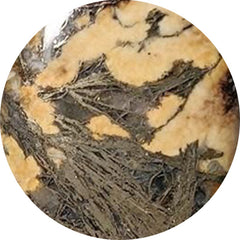 Feather pyrite (39)
Feather pyrite (39)
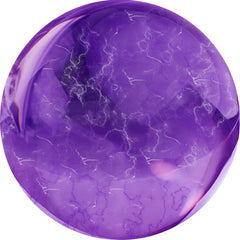 February birthstone (2834)
February birthstone (2834)
 Fine amethyst (32)
Fine amethyst (32)
 Fine ametrine (21)
Fine ametrine (21)
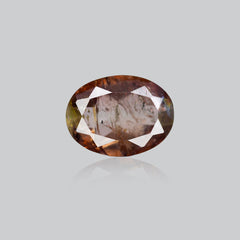 Fine andalusite (1)
Fine andalusite (1)
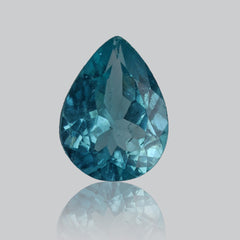 Fine apatite (5)
Fine apatite (5)
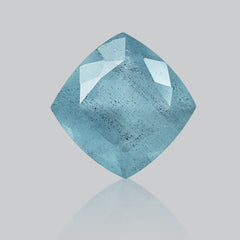 Fine aquamarine (8)
Fine aquamarine (8)
 Fine black opal (6)
Fine black opal (6)
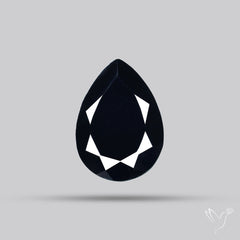 Fine black spinel (14)
Fine black spinel (14)
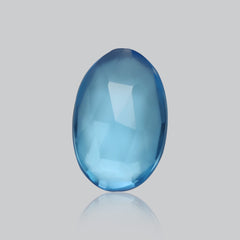 Fine blue topaz (30)
Fine blue topaz (30)
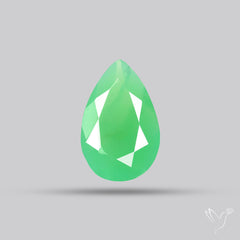 Fine chrysoprase (16)
Fine chrysoprase (16)
 Fine citrine (23)
Fine citrine (23)
 Fine emerald (11)
Fine emerald (11)
 Fine ethiopian opal (17)
Fine ethiopian opal (17)
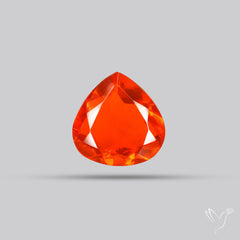 Fine fire opal (7)
Fine fire opal (7)
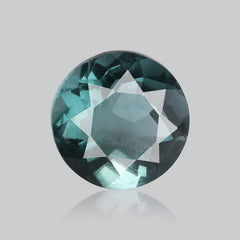 Fine fluorite (12)
Fine fluorite (12)
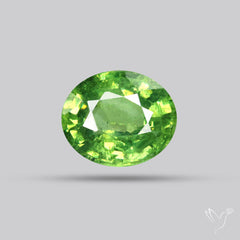 Fine garnet (37)
Fine garnet (37)
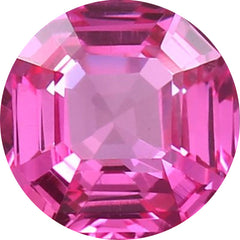 Fine gemstone (0)
Fine gemstone (0)
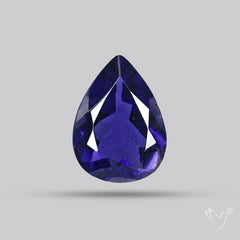 Fine iolite (31)
Fine iolite (31)
 Fine kyanite (28)
Fine kyanite (28)
 Fine lemon quartz (14)
Fine lemon quartz (14)
 Fine lepidocrocite (46)
Fine lepidocrocite (46)
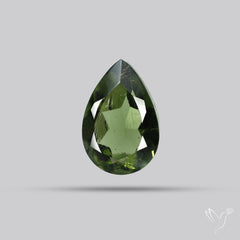 Fine moldavite (21)
Fine moldavite (21)
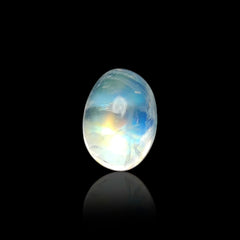 Fine moonstone (7)
Fine moonstone (7)
 Fine peridot (56)
Fine peridot (56)
 Fine prasiolite (26)
Fine prasiolite (26)
 Fine ruby (15)
Fine ruby (15)
 Fine rutilated quartz (19)
Fine rutilated quartz (19)
 Fine sapphire (7)
Fine sapphire (7)
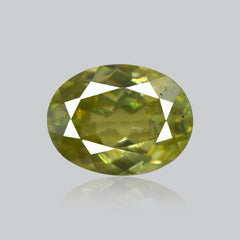 Fine sphene (17)
Fine sphene (17)
 Fine sunstone (79)
Fine sunstone (79)
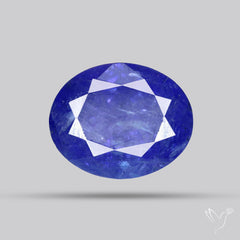 Fine tanzanite (50)
Fine tanzanite (50)
 Fine tourmaline (67)
Fine tourmaline (67)
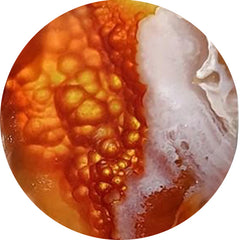 Fire agate (7)
Fire agate (7)
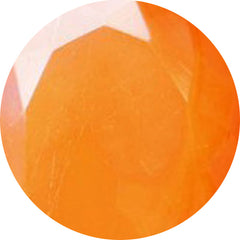 Fire opals (42)
Fire opals (42)
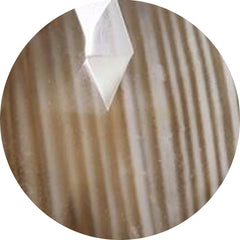 Flint stone (10)
Flint stone (10)
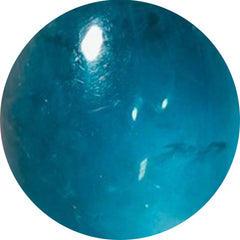 Fluorite (155)
Fluorite (155)
 Fordite (62)
Fordite (62)
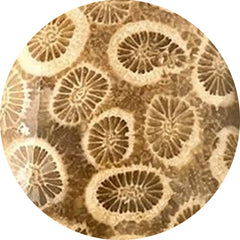 Fossil coral (318)
Fossil coral (318)
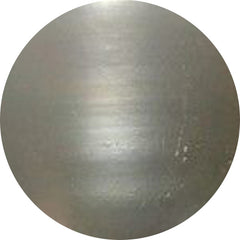 Fossil marston marble (19)
Fossil marston marble (19)
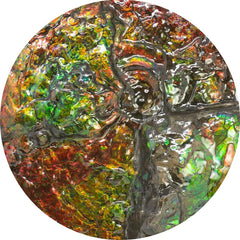 Fossils (509)
Fossils (509)
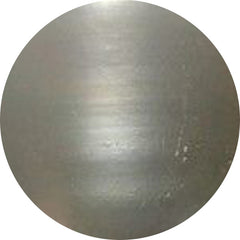 Freshwater pearl (22)
Freshwater pearl (22)
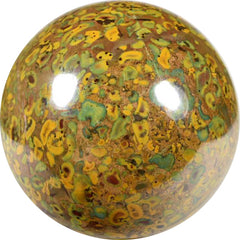 Fruit jasper (14)
Fruit jasper (14)
 Fuchsite (7)
Fuchsite (7)
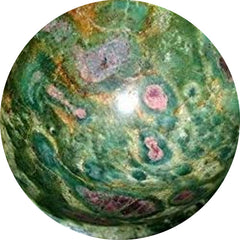 Fuschite (10)
Fuschite (10)
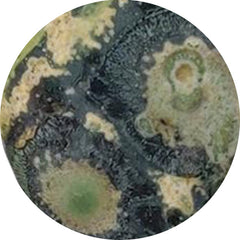 Galaxy jasper (9)
Galaxy jasper (9)
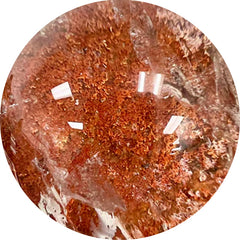 Garden quartz (6)
Garden quartz (6)
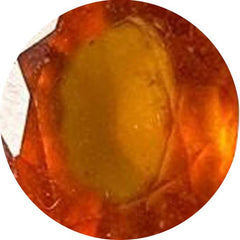 Garnet (122)
Garnet (122)
 Garnet in limestone (36)
Garnet in limestone (36)
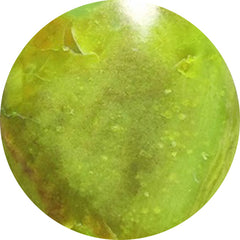 Gaspeite (12)
Gaspeite (12)
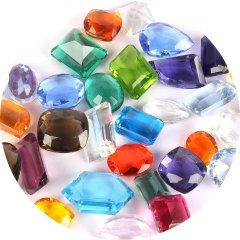 Gemstone lots (437)
Gemstone lots (437)
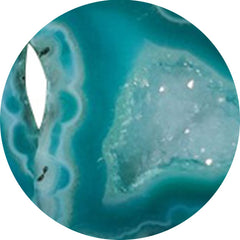 Geode (32)
Geode (32)
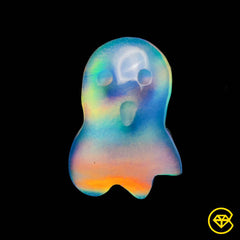 Ghost carving (56)
Ghost carving (56)
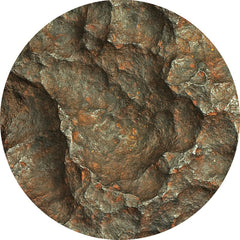 Gibeon meteorite (23)
Gibeon meteorite (23)
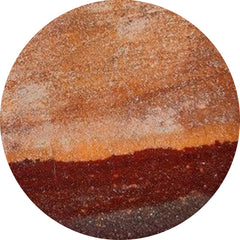 Gila monster agate (16)
Gila monster agate (16)
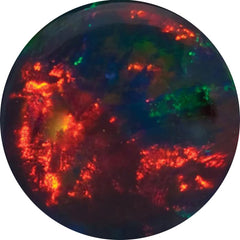 Gilson opal (22)
Gilson opal (22)
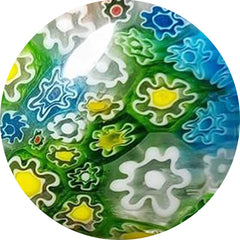 Glass (182)
Glass (182)
 Glow stone (12)
Glow stone (12)
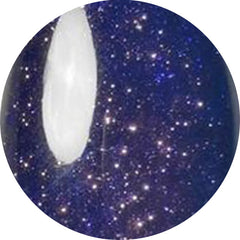 Goldstone (35)
Goldstone (35)
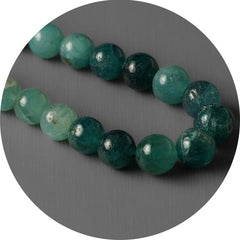 Grandidierite (7)
Grandidierite (7)
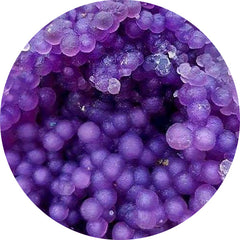 Grape agate (114)
Grape agate (114)
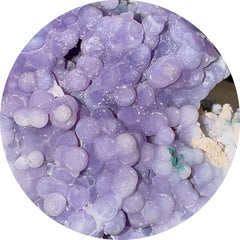 Grape chalcedony (4)
Grape chalcedony (4)
 Green gemstones (452)
Green gemstones (452)
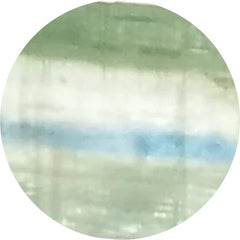 Green kyanite (7)
Green kyanite (7)
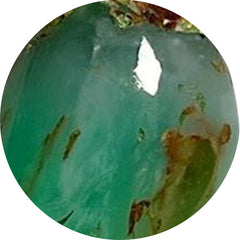 Green prase opal (8)
Green prase opal (8)
 Green tourmaline (23)
Green tourmaline (23)
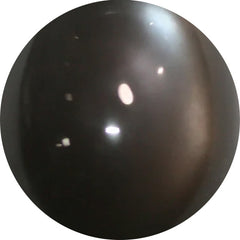 Grey moonstone (31)
Grey moonstone (31)
 Guava quartz (6)
Guava quartz (6)
 Hackmanite (11)
Hackmanite (11)
 Heart carving (348)
Heart carving (348)
 Heart shape gemstones (3)
Heart shape gemstones (3)
 Heliodor (0)
Heliodor (0)
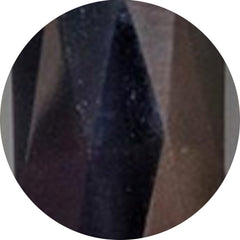 Hematite (37)
Hematite (37)
 Hemimorphite (54)
Hemimorphite (54)
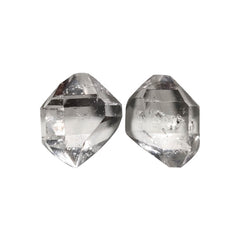 Herkimer diamond (38)
Herkimer diamond (38)
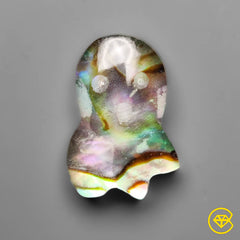 Himalayan quartz (439)
Himalayan quartz (439)
 Honey quartz (19)
Honey quartz (19)
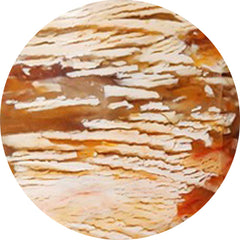 Howardite opal (28)
Howardite opal (28)
 Howlite (4)
Howlite (4)
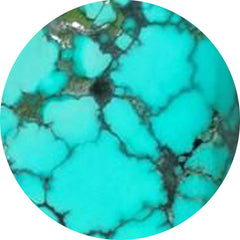 Hubei turquoise (53)
Hubei turquoise (53)
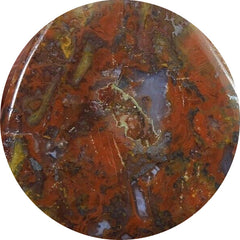 Hungarian agate (1)
Hungarian agate (1)
 Hypersthene (42)
Hypersthene (42)
 Ice quartz (1)
Ice quartz (1)
 Idocrase (1)
Idocrase (1)
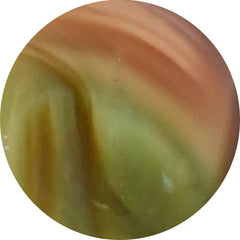 Imperial jasper (115)
Imperial jasper (115)
 Imperial topaz (0)
Imperial topaz (0)
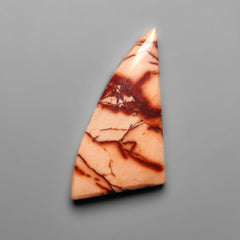 Indian paint stone (5)
Indian paint stone (5)
 Iolite (159)
Iolite (159)
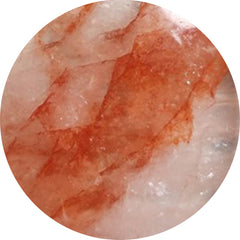 Iron quartz (48)
Iron quartz (48)
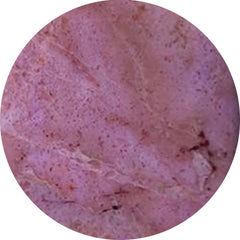 Jade (34)
Jade (34)
 January birthstone (447)
January birthstone (447)
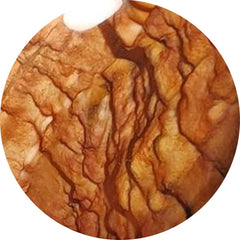 Jaspers (31)
Jaspers (31)
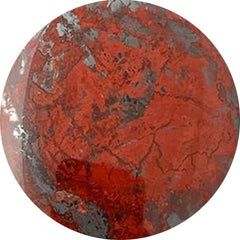 Jaspillite (3)
Jaspillite (3)
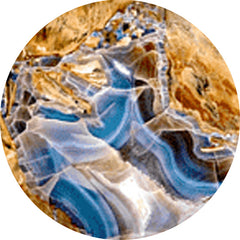 Java chalcedony (16)
Java chalcedony (16)
 July birthstone (546)
July birthstone (546)
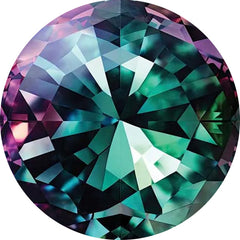 June birthstones: moonstone, pearl, and alexandrite (1061)
June birthstones: moonstone, pearl, and alexandrite (1061)
 K2 jasper (7)
K2 jasper (7)
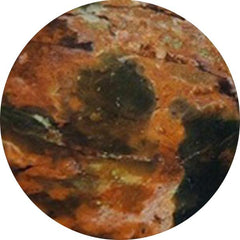 Kaleidoscope agate (0)
Kaleidoscope agate (0)
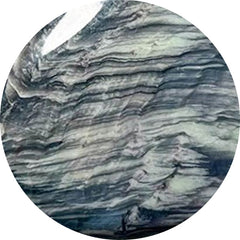 Kammererite (103)
Kammererite (103)
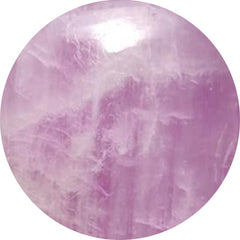 Kunzite (7)
Kunzite (7)
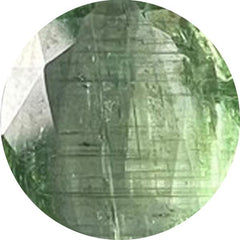 Kyanite (107)
Kyanite (107)
 Labradorite (278)
Labradorite (278)
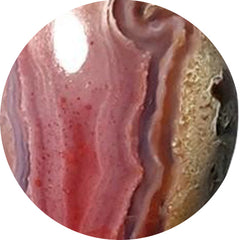 Laguna lace agate (60)
Laguna lace agate (60)
 Lake superior agate (24)
Lake superior agate (24)
 Landscape jasper (0)
Landscape jasper (0)
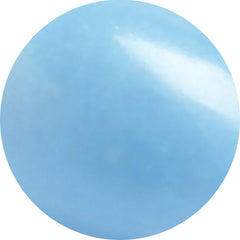 Langite (0)
Langite (0)
 Lapis lazuli (163)
Lapis lazuli (163)
 Larimar (124)
Larimar (124)
 Larsonite (17)
Larsonite (17)
 Larvikite feldspar (46)
Larvikite feldspar (46)
 Lavender chalcedony (17)
Lavender chalcedony (17)
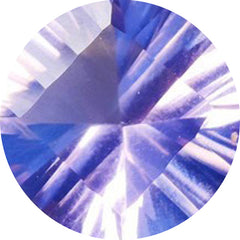 Lavender quartz (5)
Lavender quartz (5)
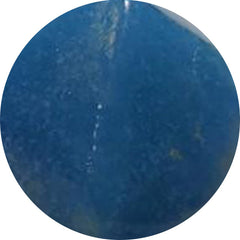 Lazulite (8)
Lazulite (8)
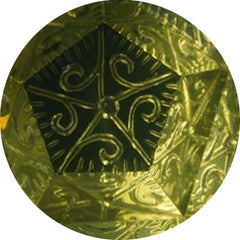 Lemon quartz (44)
Lemon quartz (44)
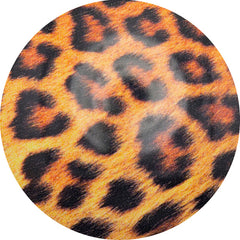 Leopard skin shell (0)
Leopard skin shell (0)
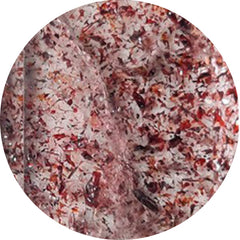 Lepidocrocite (55)
Lepidocrocite (55)
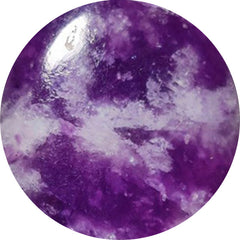 Lepidolite (79)
Lepidolite (79)
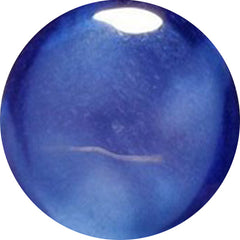 Lindy star sapphire (0)
Lindy star sapphire (0)
 Lizardite (55)
Lizardite (55)
 Lodolite (91)
Lodolite (91)
 London blue topaz (10)
London blue topaz (10)
 Malachite (577)
Malachite (577)
 Maligano jasper (71)
Maligano jasper (71)
 Marcasite (27)
Marcasite (27)
 March birthstone (1450)
March birthstone (1450)
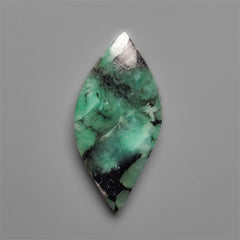 Marquise shape gemstones (5)
Marquise shape gemstones (5)
 Mary ellen jasper (0)
Mary ellen jasper (0)
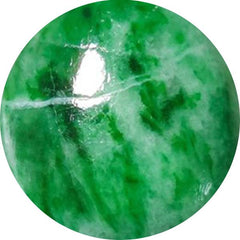 Maw sit sit (15)
Maw sit sit (15)
 May birthstone (448)
May birthstone (448)
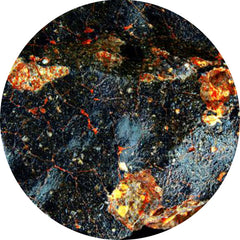 Meteorite (23)
Meteorite (23)
 Mica (42)
Mica (42)
 Midnight quartzite (20)
Midnight quartzite (20)
 Millefiori glass (2)
Millefiori glass (2)
 Mohave turquoise (56)
Mohave turquoise (56)
 Mohawkites (20)
Mohawkites (20)
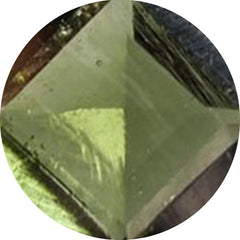 Moldavite (47)
Moldavite (47)
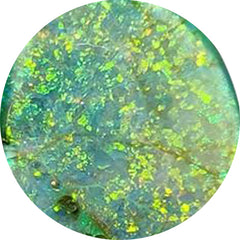 Monarch opal (29)
Monarch opal (29)
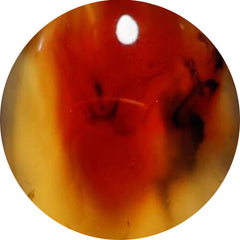 Montana agate (82)
Montana agate (82)
 Mookaite (39)
Mookaite (39)
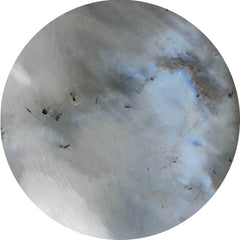 Moonstone (407)
Moonstone (407)
 Morado opal (1)
Morado opal (1)
 Morenci turquoise (38)
Morenci turquoise (38)
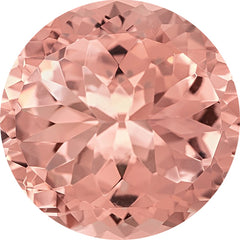 Morganite (0)
Morganite (0)
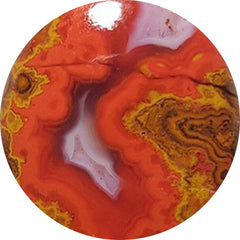 Moroccan seam agate (119)
Moroccan seam agate (119)
 Moss agate (386)
Moss agate (386)
 Mother of pearl (527)
Mother of pearl (527)
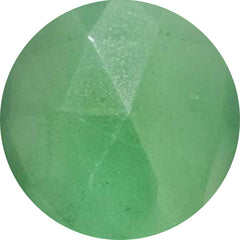 Mtorolite (46)
Mtorolite (46)
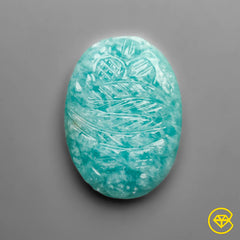 Mughal carving (471)
Mughal carving (471)
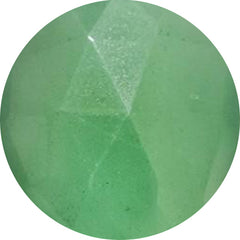 Muscovite (21)
Muscovite (21)
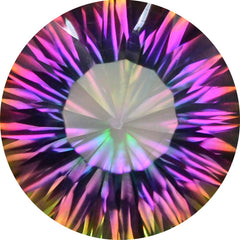 Mystic quartz (1)
Mystic quartz (1)
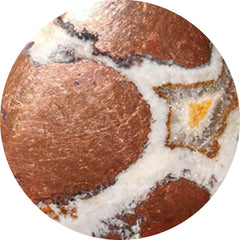 Native copper (39)
Native copper (39)
 Natrolite (26)
Natrolite (26)
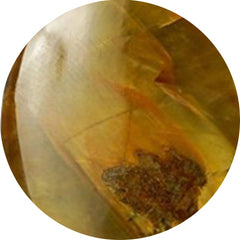 Nellite (5)
Nellite (5)
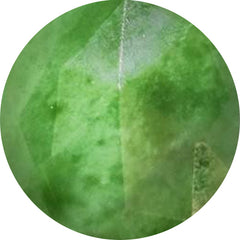 Nephrite jade (2)
Nephrite jade (2)
 New arrivals (249)
New arrivals (249)
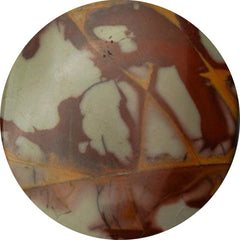 Noreena jasper (28)
Noreena jasper (28)
 November birthstone (165)
November birthstone (165)
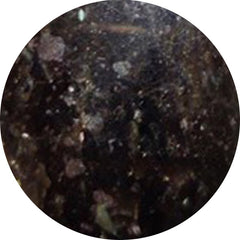 Nuummite (2)
Nuummite (2)
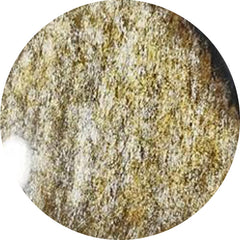 Obsidian (338)
Obsidian (338)
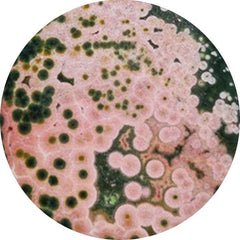 Ocean jasper (253)
Ocean jasper (253)
 October birthstone (1363)
October birthstone (1363)
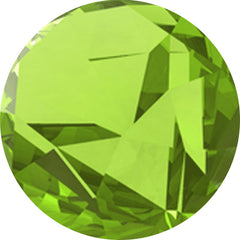 Olive quartz (5)
Olive quartz (5)
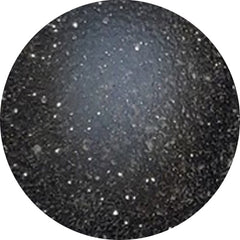 Onyx (286)
Onyx (286)
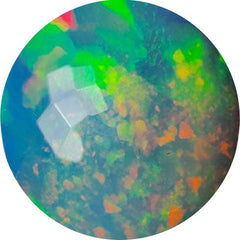 Opal (1136)
Opal (1136)
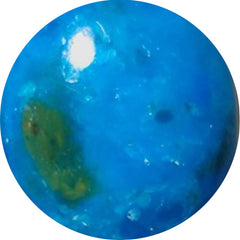 Opalina (11)
Opalina (11)
 Opalite (30)
Opalite (30)
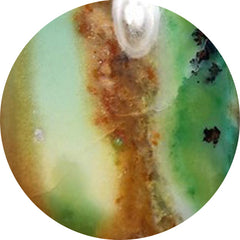 Opalwood (5)
Opalwood (5)
 Orange gemstones (368)
Orange gemstones (368)
 Orange kyanite (2)
Orange kyanite (2)
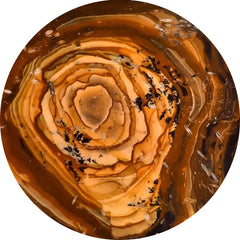 Oregon jasper (7)
Oregon jasper (7)
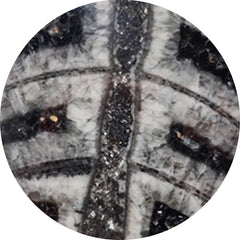 Orthoceras fossil (36)
Orthoceras fossil (36)
 Outback jasper (5)
Outback jasper (5)
 Oval shape gemstones (6)
Oval shape gemstones (6)
 Over $50 (498)
Over $50 (498)
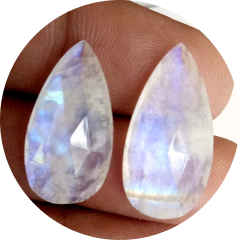 Pairs (949)
Pairs (949)
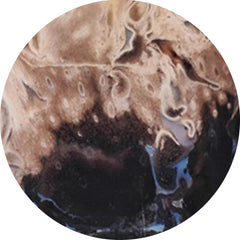 Palmroot agate (92)
Palmroot agate (92)
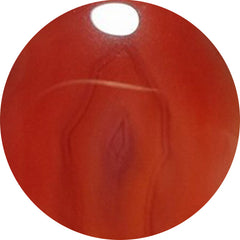 Passion agate (1)
Passion agate (1)
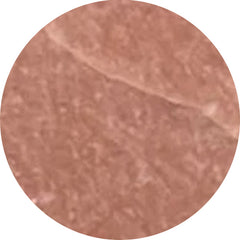 Peach moonstone (45)
Peach moonstone (45)
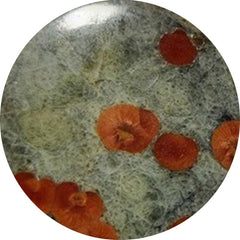 Peanut obsidian (40)
Peanut obsidian (40)
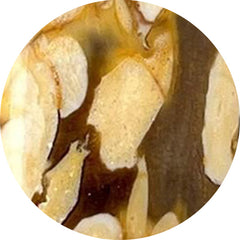 Peanut wood jasper (177)
Peanut wood jasper (177)
 Pear shape gemstones (9)
Pear shape gemstones (9)
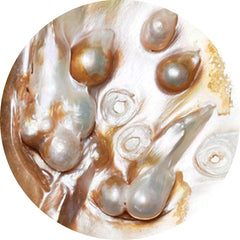 Pearl (654)
Pearl (654)
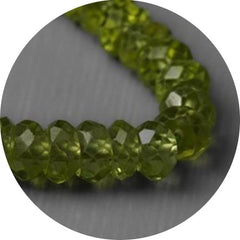 Peridot (66)
Peridot (66)
 Petalite (25)
Petalite (25)
 Petrified wood (55)
Petrified wood (55)
 Phosphosiderite (94)
Phosphosiderite (94)
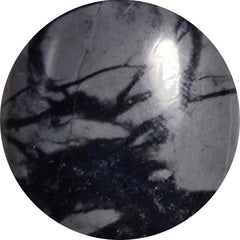 Picasso jasper (78)
Picasso jasper (78)
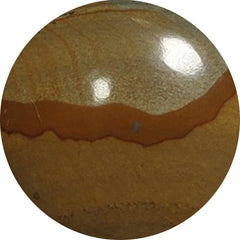 Picture jasper (78)
Picture jasper (78)
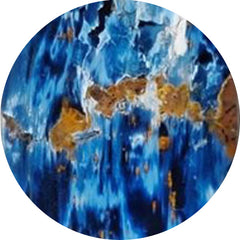 Pietersite (47)
Pietersite (47)
 Pink gemstones (468)
Pink gemstones (468)
 Pink opal (147)
Pink opal (147)
 Pink tourmaline (90)
Pink tourmaline (90)
 Pinolith (35)
Pinolith (35)
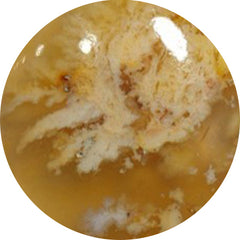 Plume agate (95)
Plume agate (95)
 Polka dot agate (42)
Polka dot agate (42)
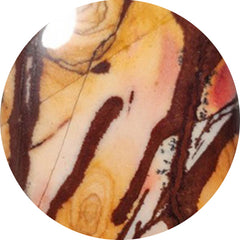 Polychrome jasper (42)
Polychrome jasper (42)
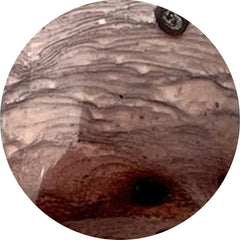 Porcelain jasper (30)
Porcelain jasper (30)
 Prasiolite (45)
Prasiolite (45)
 Prehnite (22)
Prehnite (22)
 Psilomelane (23)
Psilomelane (23)
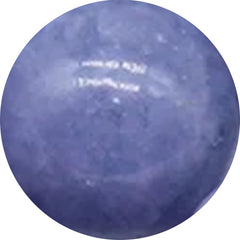 Purple chalcedony (45)
Purple chalcedony (45)
 Purpurite (7)
Purpurite (7)
 Pyrite (137)
Pyrite (137)
 Quartz (131)
Quartz (131)
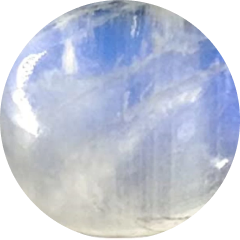 Rain moonstones (0)
Rain moonstones (0)
 Rainbow calcilica (11)
Rainbow calcilica (11)
 Rainbow moonstone (94)
Rainbow moonstone (94)
 Red coral (8)
Red coral (8)
 Red fossil (0)
Red fossil (0)
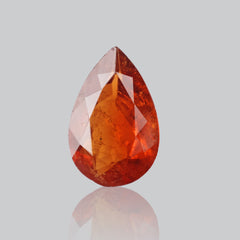 Red gemstones (363)
Red gemstones (363)
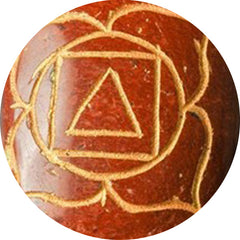 Red jasper (3)
Red jasper (3)
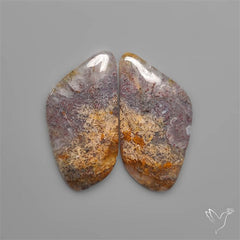 Red moss agate (76)
Red moss agate (76)
 Red river jasper (16)
Red river jasper (16)
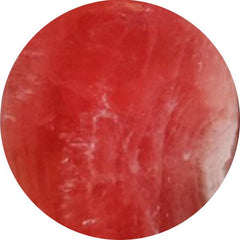 Rhodochrosite (402)
Rhodochrosite (402)
 Rhodonite (81)
Rhodonite (81)
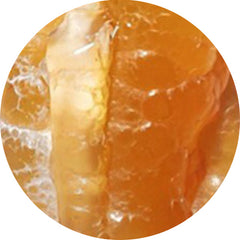 Rock chalcedony (2)
Rock chalcedony (2)
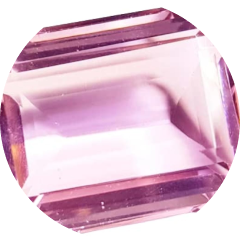 Rose cut gemstones (737)
Rose cut gemstones (737)
 Rose quartz (54)
Rose quartz (54)
 Rosita jasper (10)
Rosita jasper (10)
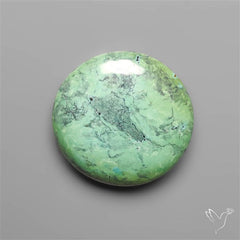 Round shape gemstones (6)
Round shape gemstones (6)
 Ruby (197)
Ruby (197)
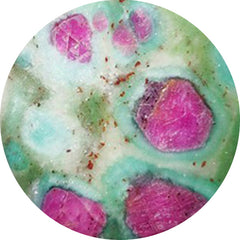 Ruby in fuchsite (6)
Ruby in fuchsite (6)
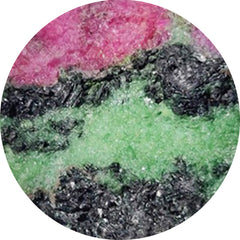 Ruby in zoisite (91)
Ruby in zoisite (91)
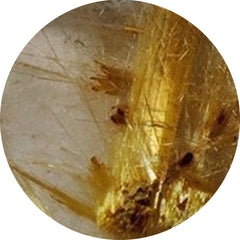 Rutilated quartz (262)
Rutilated quartz (262)
 Sage brush jasper (27)
Sage brush jasper (27)
 Sand dollar fossil (3)
Sand dollar fossil (3)
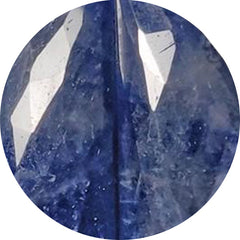 Sapphire (35)
Sapphire (35)
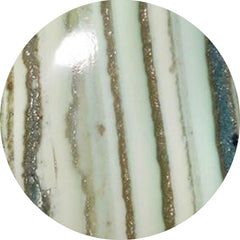 Saturn chalcedony (57)
Saturn chalcedony (57)
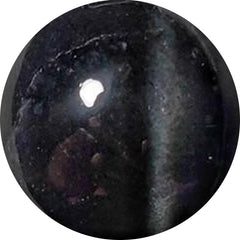 Scapolite (13)
Scapolite (13)
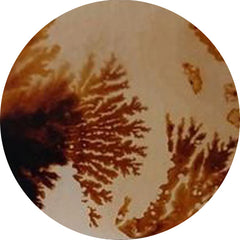 Scenic agate (99)
Scenic agate (99)
 Schalenblende (88)
Schalenblende (88)
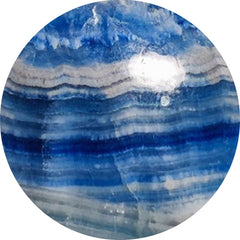 Scheelite (37)
Scheelite (37)
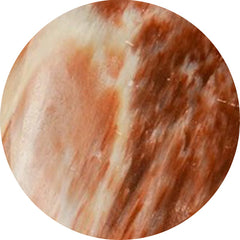 Scolecite (52)
Scolecite (52)
 Sea sediment jasper (0)
Sea sediment jasper (0)
 Selenite (13)
Selenite (13)
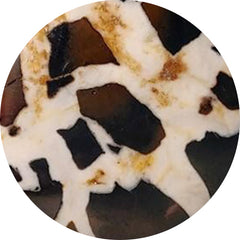 Septarian (92)
Septarian (92)
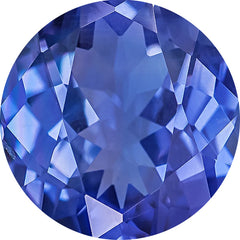 September birthstone (200)
September birthstone (200)
 Seraphinite (81)
Seraphinite (81)
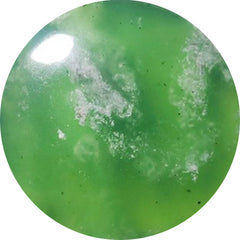 Serpentine (163)
Serpentine (163)
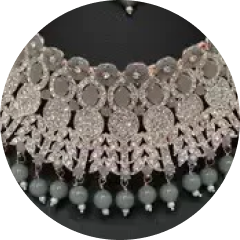 Sets (76)
Sets (76)
 Shattuckite (278)
Shattuckite (278)
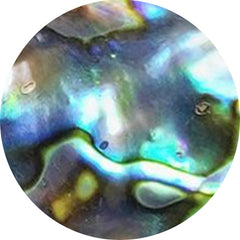 Shell (294)
Shell (294)
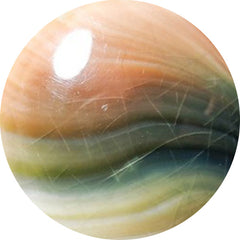 Shiva eye shell (46)
Shiva eye shell (46)
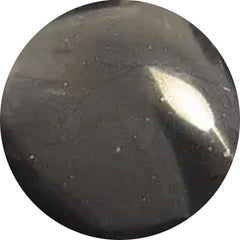 Shungite (4)
Shungite (4)
 Sieber agate (0)
Sieber agate (0)
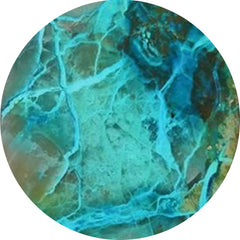 Silica (4)
Silica (4)
 Silver leaf jasper (6)
Silver leaf jasper (6)
 Sky blue topaz (6)
Sky blue topaz (6)
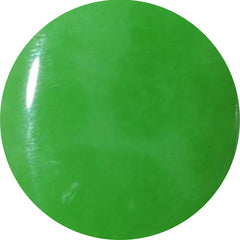 Smithsonite (29)
Smithsonite (29)
 Smoky quartz (23)
Smoky quartz (23)
 Snakeskin jasper (48)
Snakeskin jasper (48)
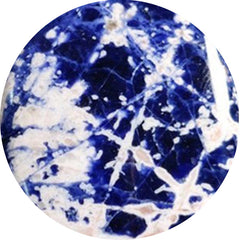 Sodalite (71)
Sodalite (71)
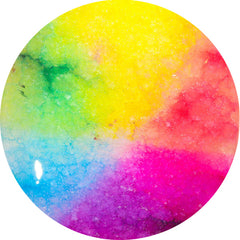 Solar agate (1)
Solar agate (1)
 Solar quartz (51)
Solar quartz (51)
 Spectrolite (122)
Spectrolite (122)
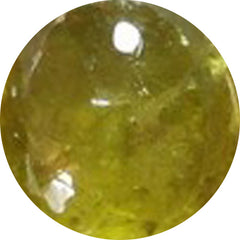 Sphence (25)
Sphence (25)
 Spiderweb jasper (1)
Spiderweb jasper (1)
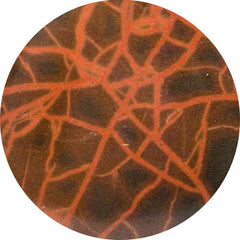 Spiderwoman jasper (0)
Spiderwoman jasper (0)
 Spiny oyster shell (66)
Spiny oyster shell (66)
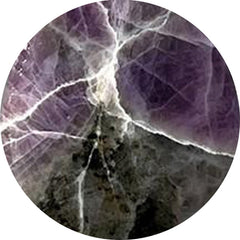 Spurrite (7)
Spurrite (7)
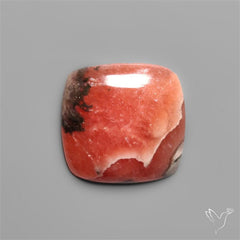 Square shape gemstones (10)
Square shape gemstones (10)
 Starburst (2)
Starburst (2)
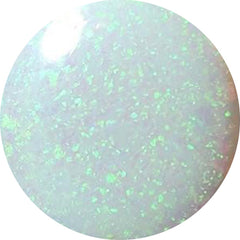 Sterling opal (11)
Sterling opal (11)
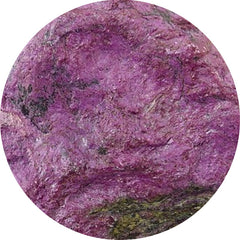 Stichtite (37)
Stichtite (37)
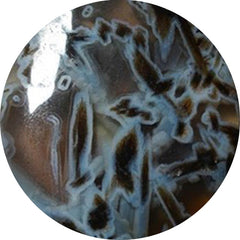 Stick agate (5)
Stick agate (5)
 Stitchtite (121)
Stitchtite (121)
 Stramatolite (0)
Stramatolite (0)
 Strawberry quartz (8)
Strawberry quartz (8)
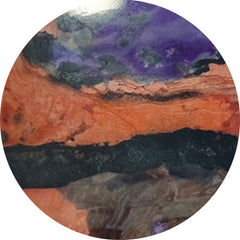 Sugilite (0)
Sugilite (0)
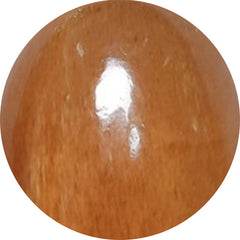 Sunstone (269)
Sunstone (269)
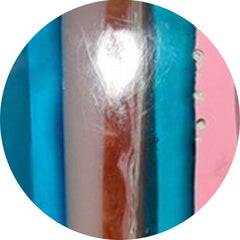 Surfite (1)
Surfite (1)
 Swiss blue topaz (32)
Swiss blue topaz (32)
 Swiss opal (3)
Swiss opal (3)
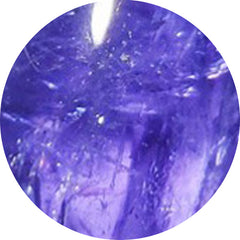 Tanzanite (51)
Tanzanite (51)
 Tanzurine (12)
Tanzurine (12)
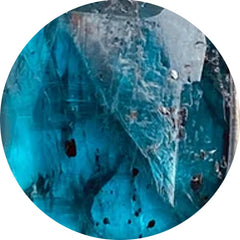 Teal kyanite (10)
Teal kyanite (10)
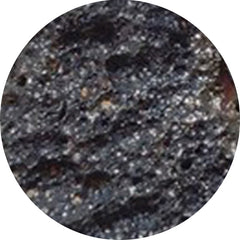 Tektite (42)
Tektite (42)
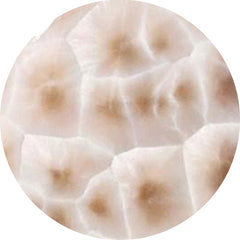 Thomsonite (35)
Thomsonite (35)
 Thulite (79)
Thulite (79)
 Thunder egg agate (0)
Thunder egg agate (0)
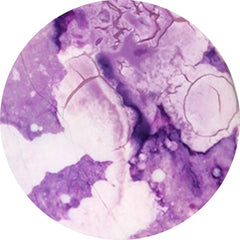 Tiffany stone (6)
Tiffany stone (6)
 Tiger eye (66)
Tiger eye (66)
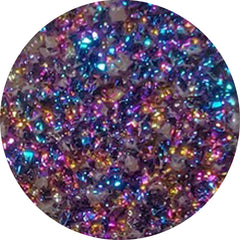 Titanium druzy (5)
Titanium druzy (5)
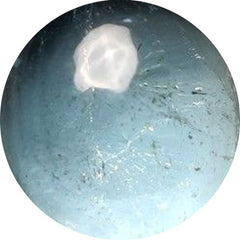 Topaz (56)
Topaz (56)
 Tourmaline (240)
Tourmaline (240)
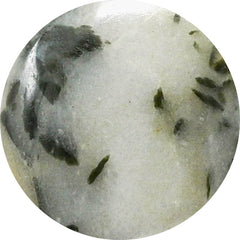 Tourmaline in quartz (85)
Tourmaline in quartz (85)
 Treated opal (59)
Treated opal (59)
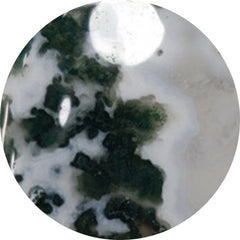 Tree agate (31)
Tree agate (31)
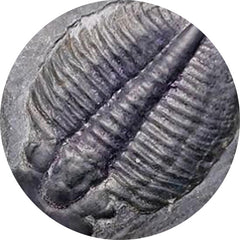 Trilobite fossil (18)
Trilobite fossil (18)
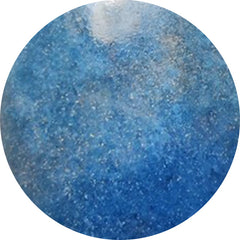 Trolleite quartz (30)
Trolleite quartz (30)
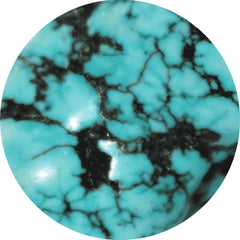 Tumbles (1)
Tumbles (1)
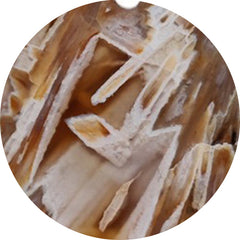 Turkish tube agate (62)
Turkish tube agate (62)
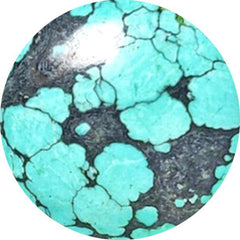 Turquoise (257)
Turquoise (257)
 Turritella jasper (3)
Turritella jasper (3)
 Tuxedo agate (64)
Tuxedo agate (64)
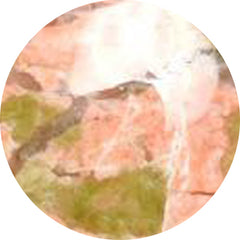 Unakite (3)
Unakite (3)
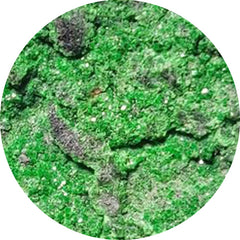 Uvarovite garnet (3)
Uvarovite garnet (3)
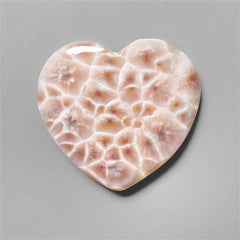 Valentine (797)
Valentine (797)
 Vanadinite druzy (9)
Vanadinite druzy (9)
 Variscite (135)
Variscite (135)
 Vesuvianite (1)
Vesuvianite (1)
 Video collection (260)
Video collection (260)
 Vivianite (1)
Vivianite (1)
 Volcanic cotham marble (7)
Volcanic cotham marble (7)
 Wagul jasper (3)
Wagul jasper (3)
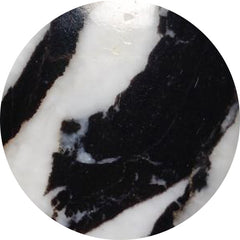 White buffalo turquoise (13)
White buffalo turquoise (13)
 White gemstones (1215)
White gemstones (1215)
 White horse canyon (45)
White horse canyon (45)
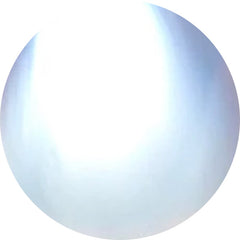 White moonstone (35)
White moonstone (35)
 White opal (11)
White opal (11)
 Wild horse jasper (116)
Wild horse jasper (116)
 Wild horse magnesite (49)
Wild horse magnesite (49)
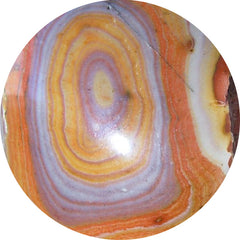 Wonder stone (0)
Wonder stone (0)
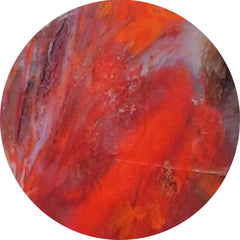 Wood (207)
Wood (207)
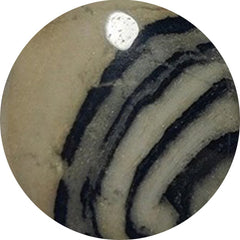 Yavapai travertine (0)
Yavapai travertine (0)
 Yellow gemstones (172)
Yellow gemstones (172)
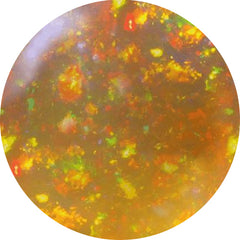 Yellow opal (7)
Yellow opal (7)
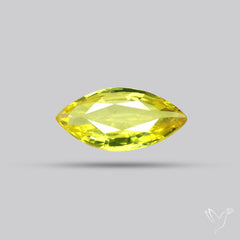 Yellow sapphire (6)
Yellow sapphire (6)
 Yemeni aqeeq (0)
Yemeni aqeeq (0)
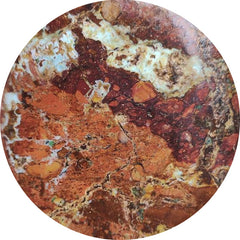 Zarinite (0)
Zarinite (0)
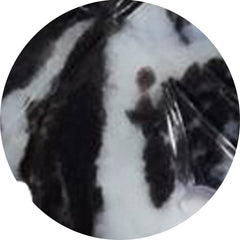 Zebra jasper (1)
Zebra jasper (1)
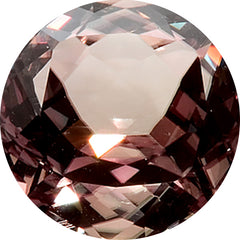 Zultanite (4)
Zultanite (4)


















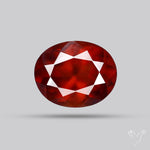



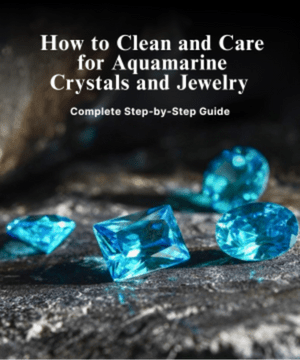


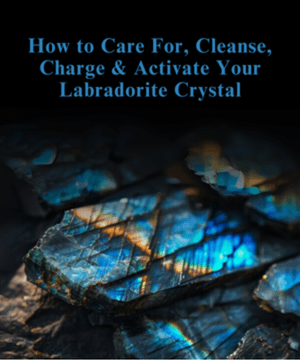
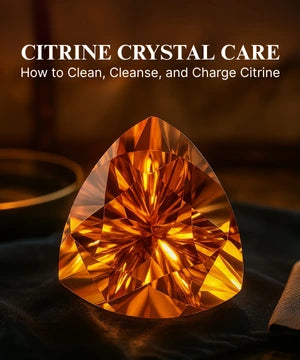
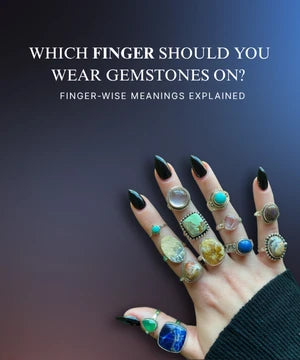



Leave a Comment